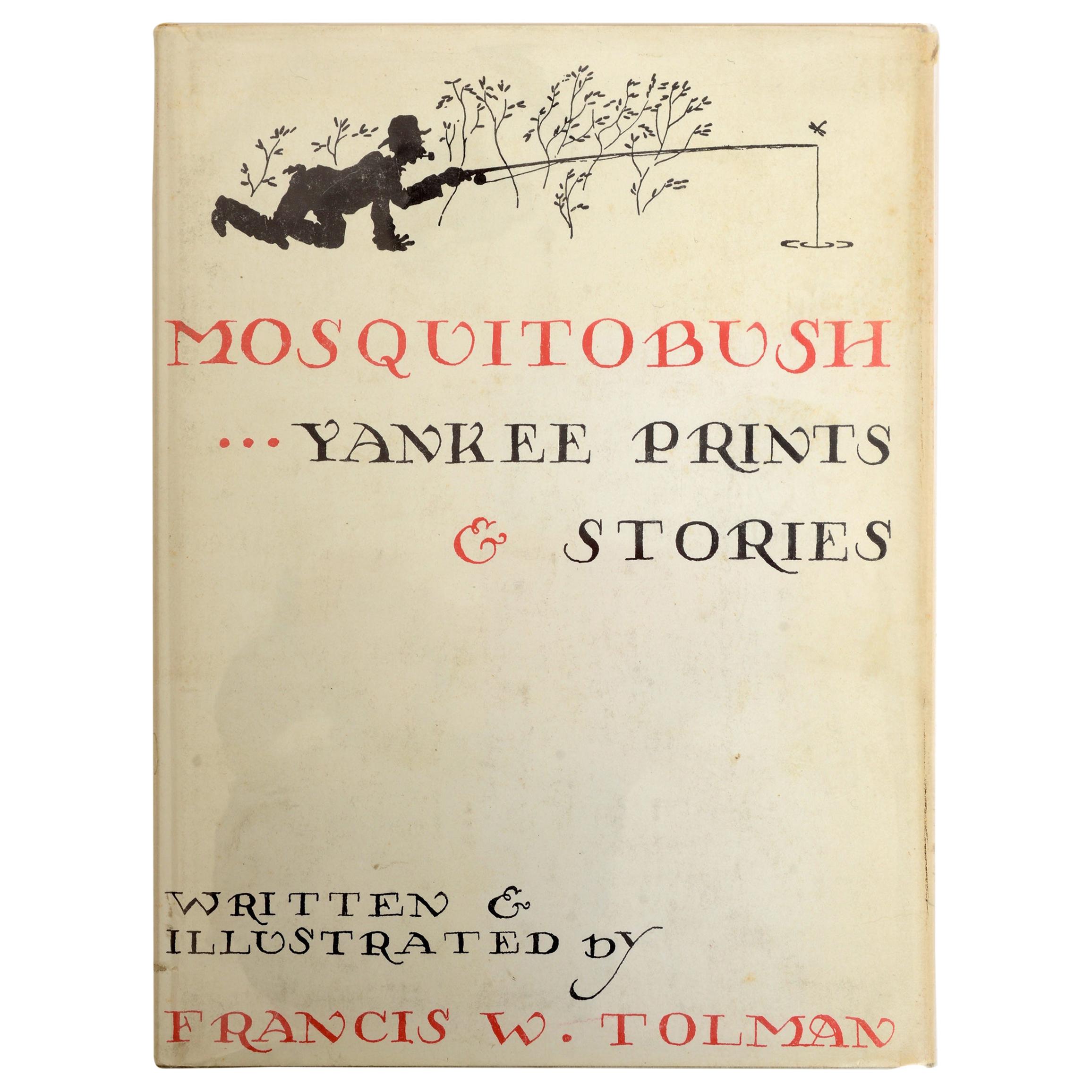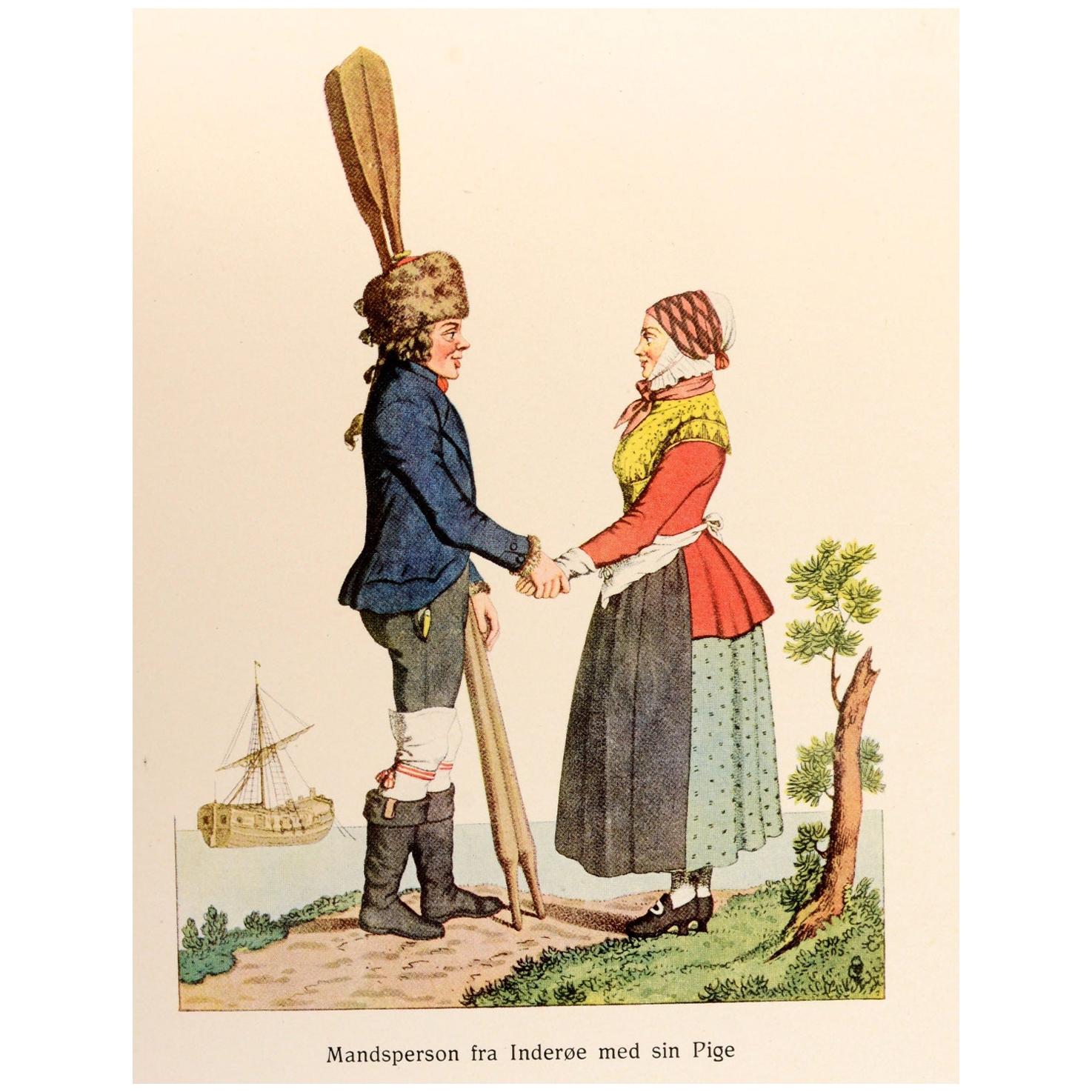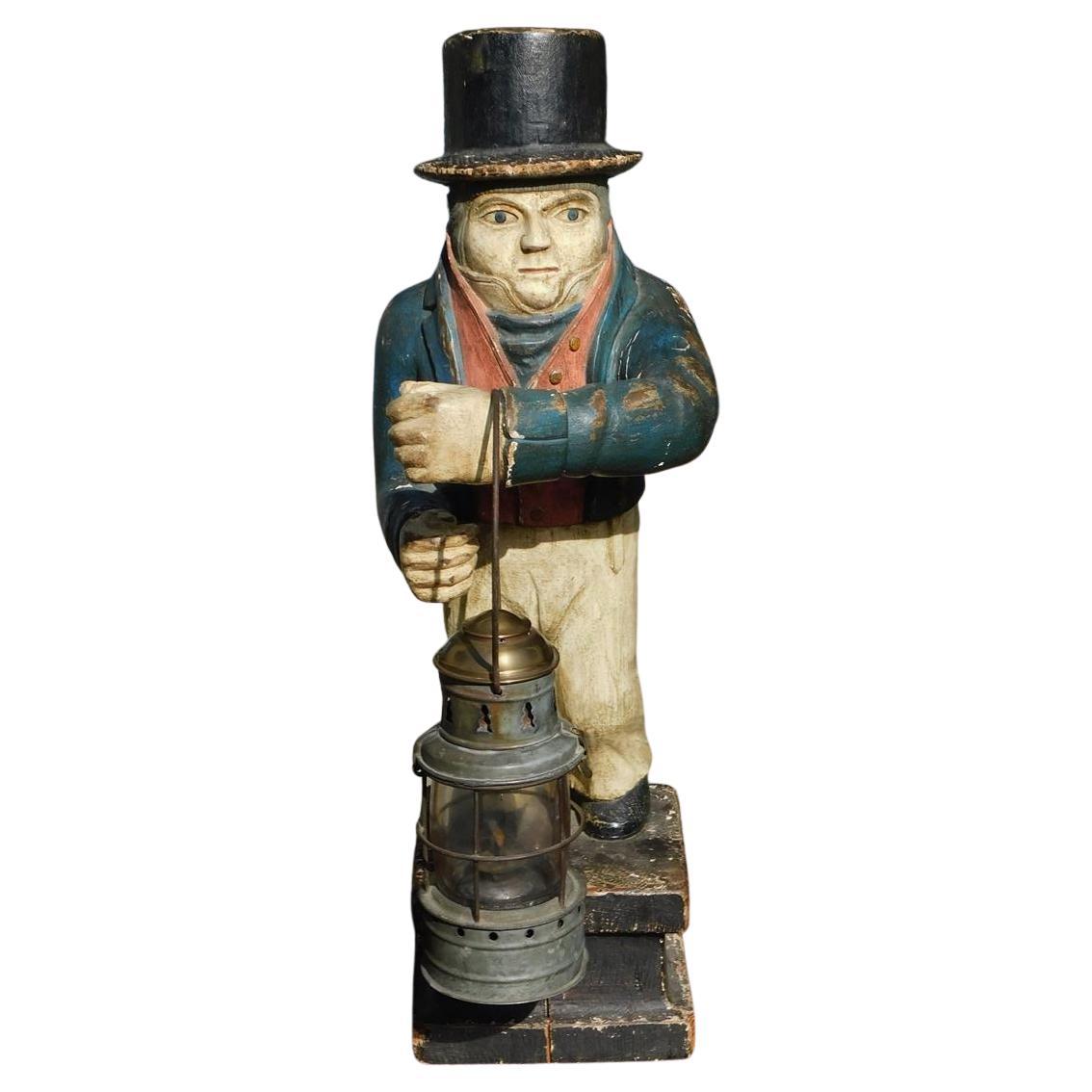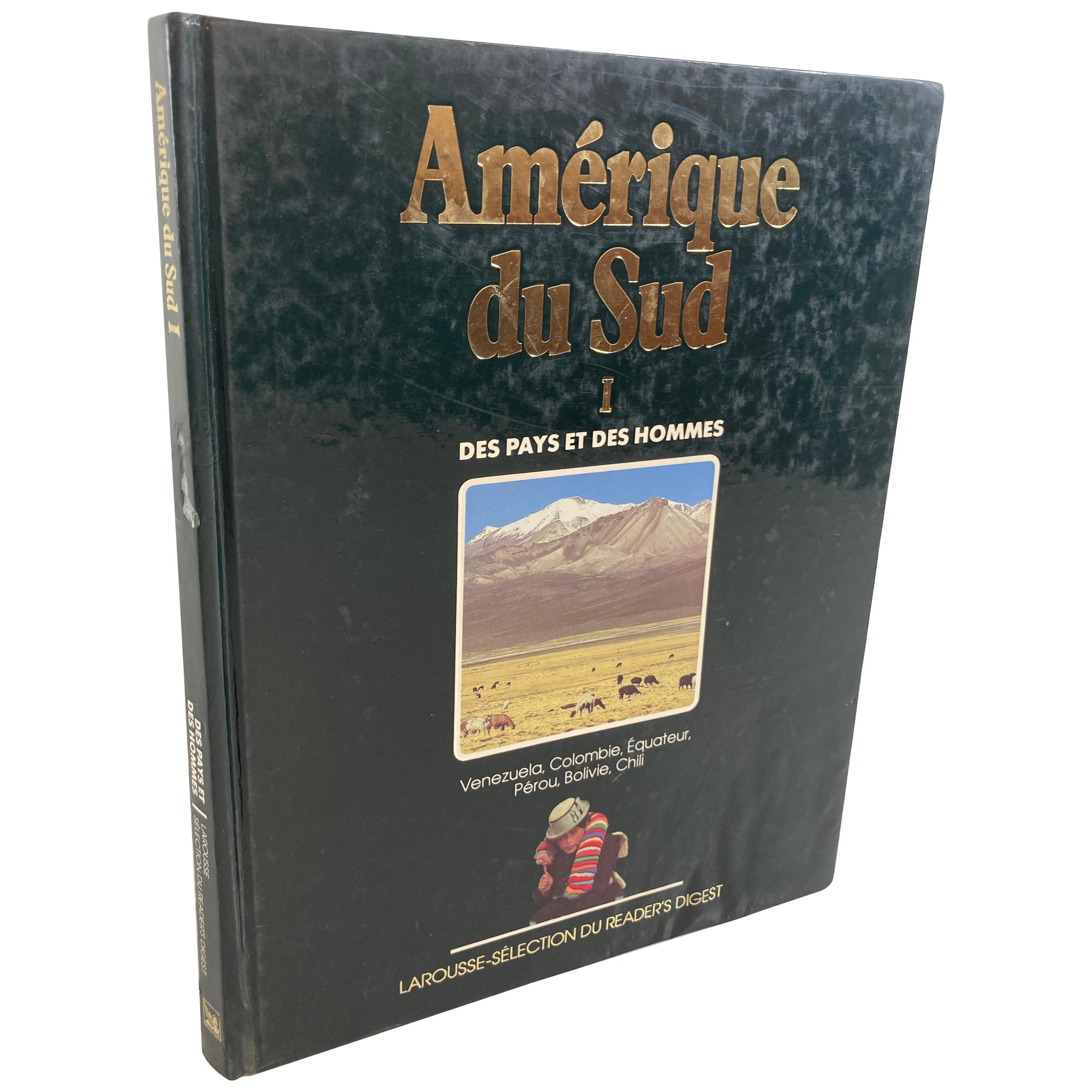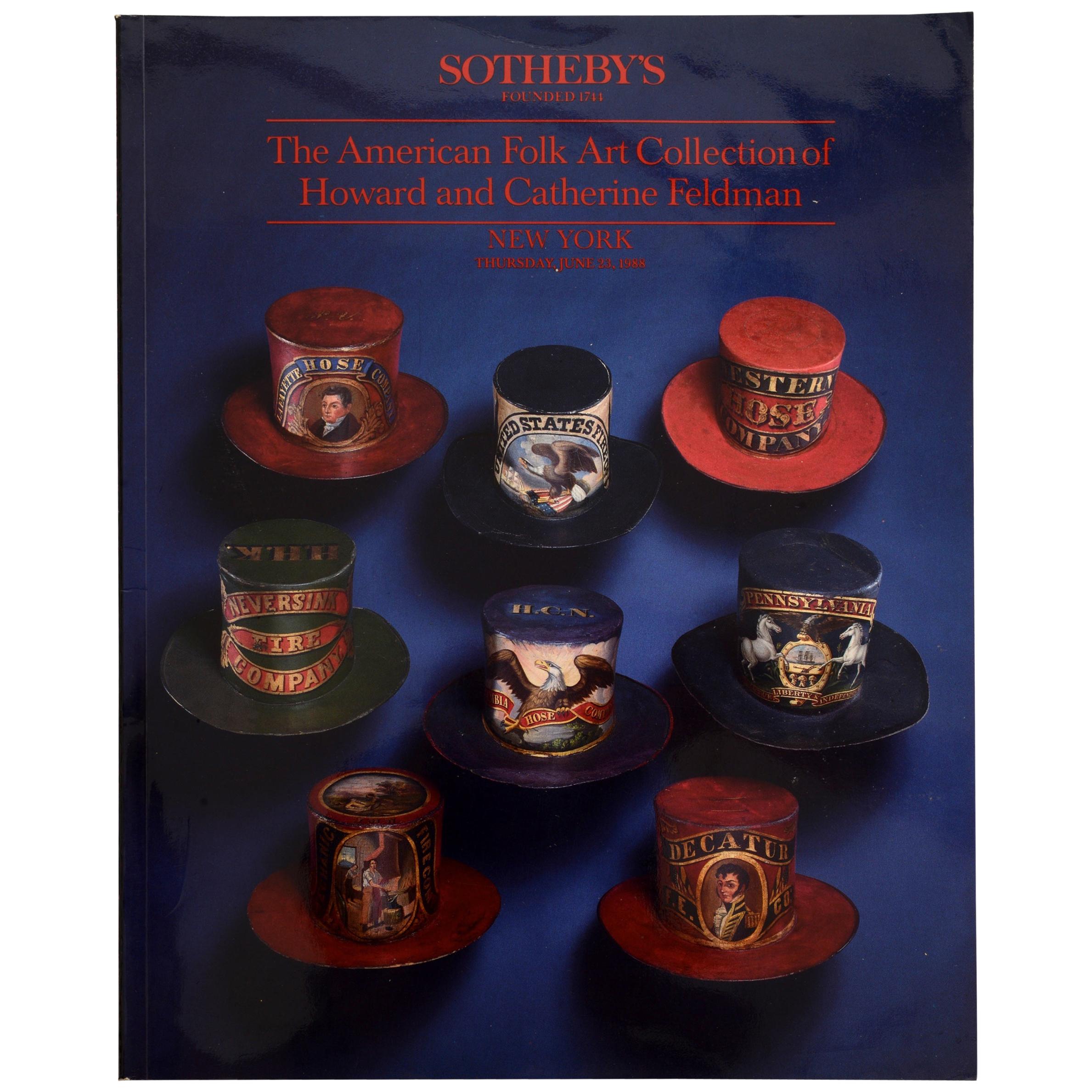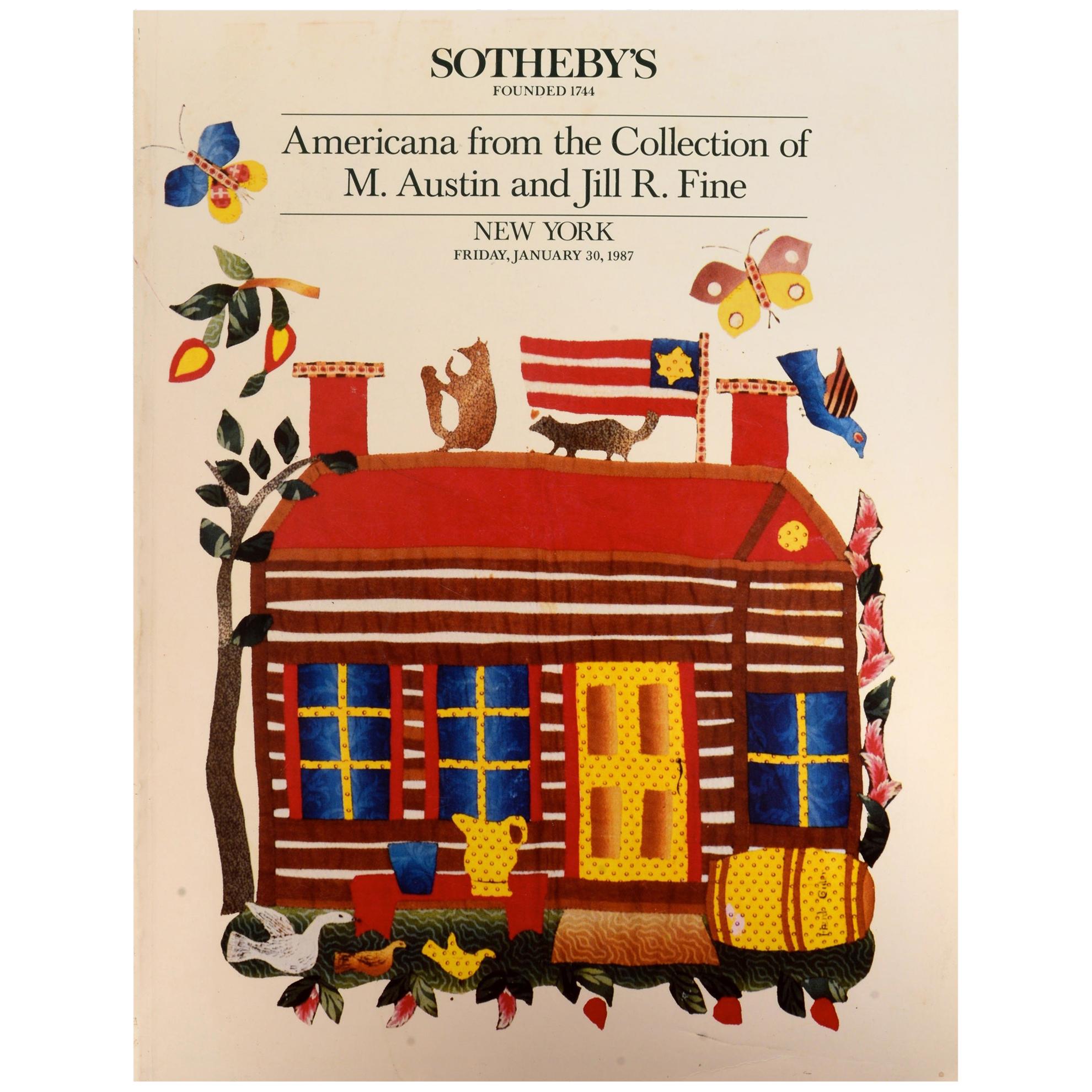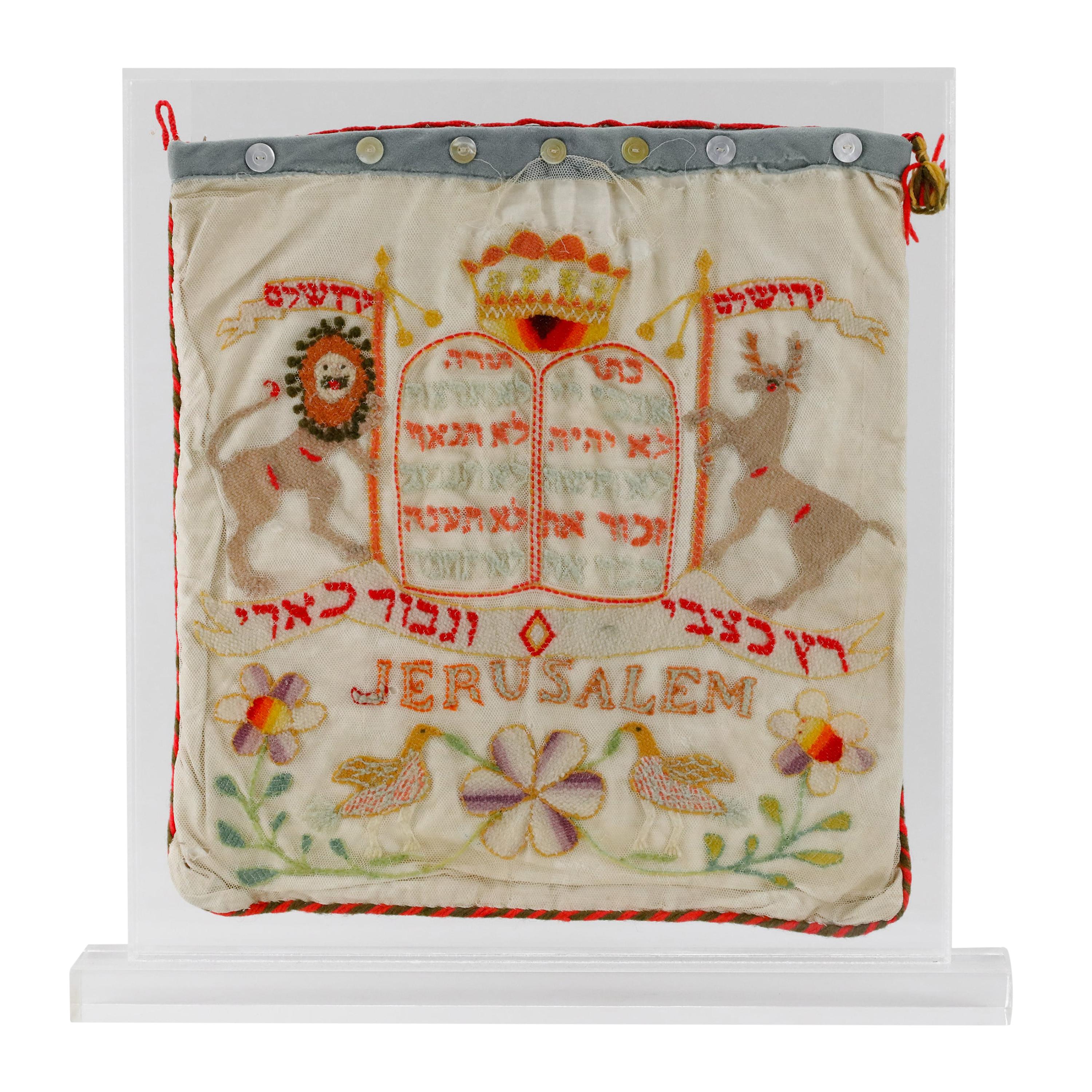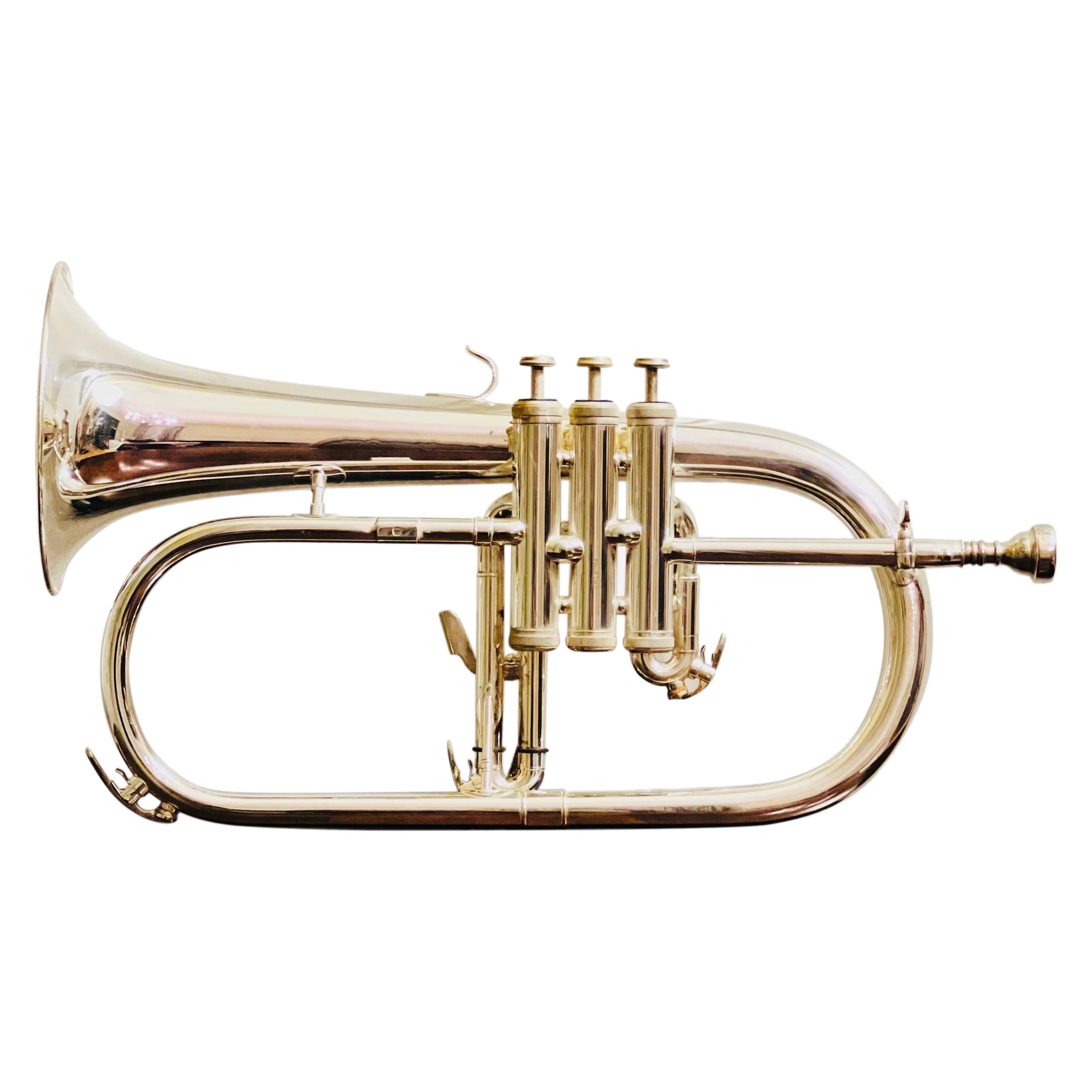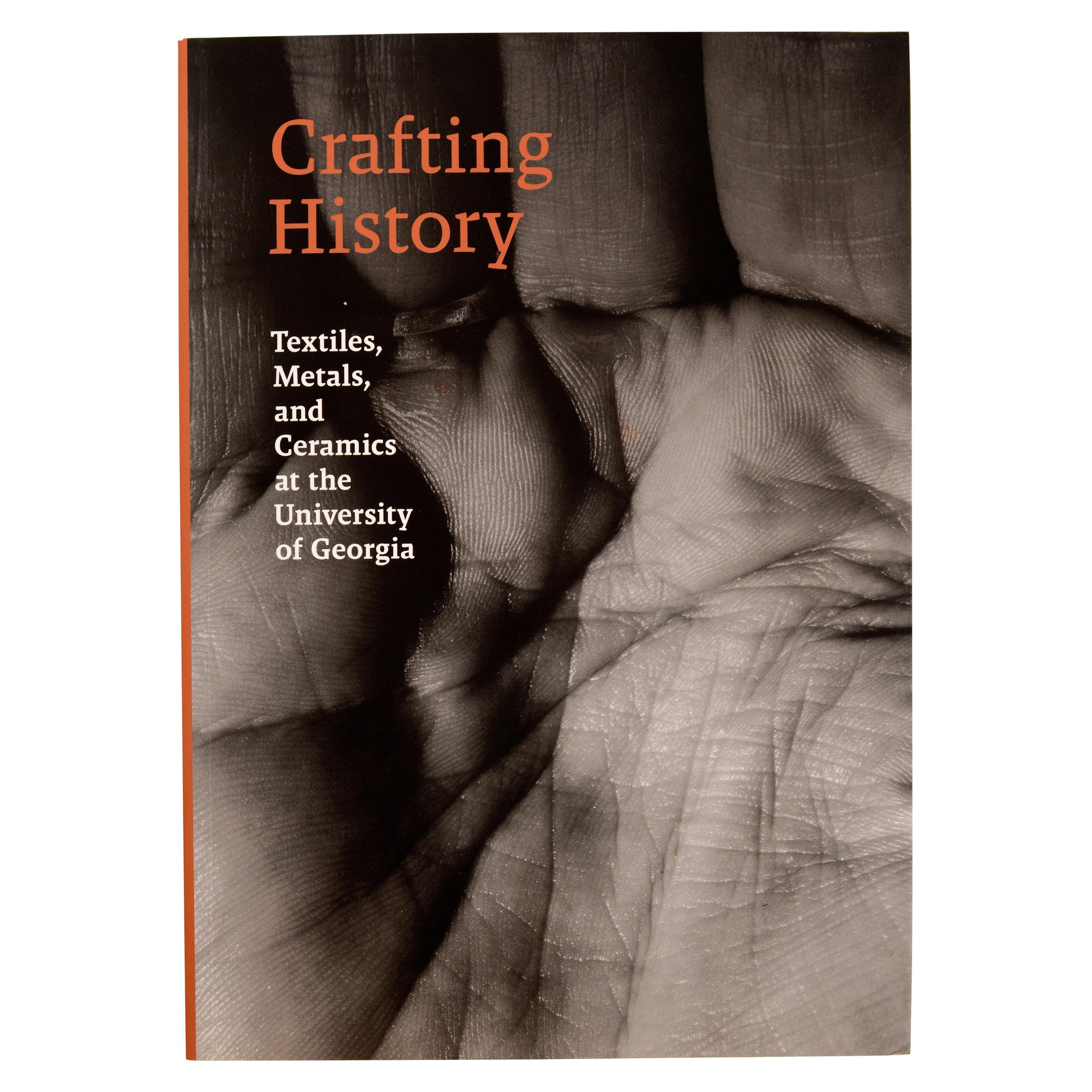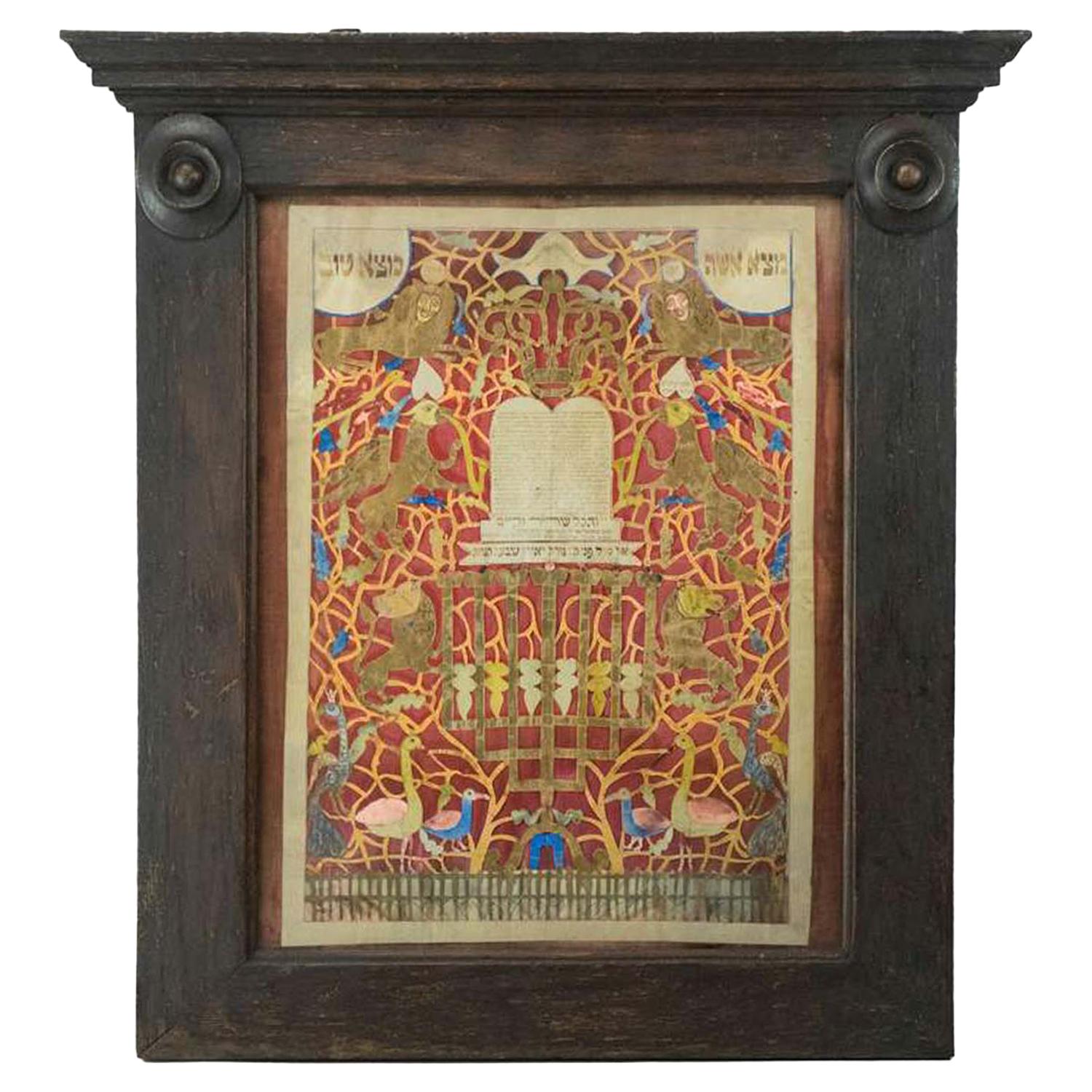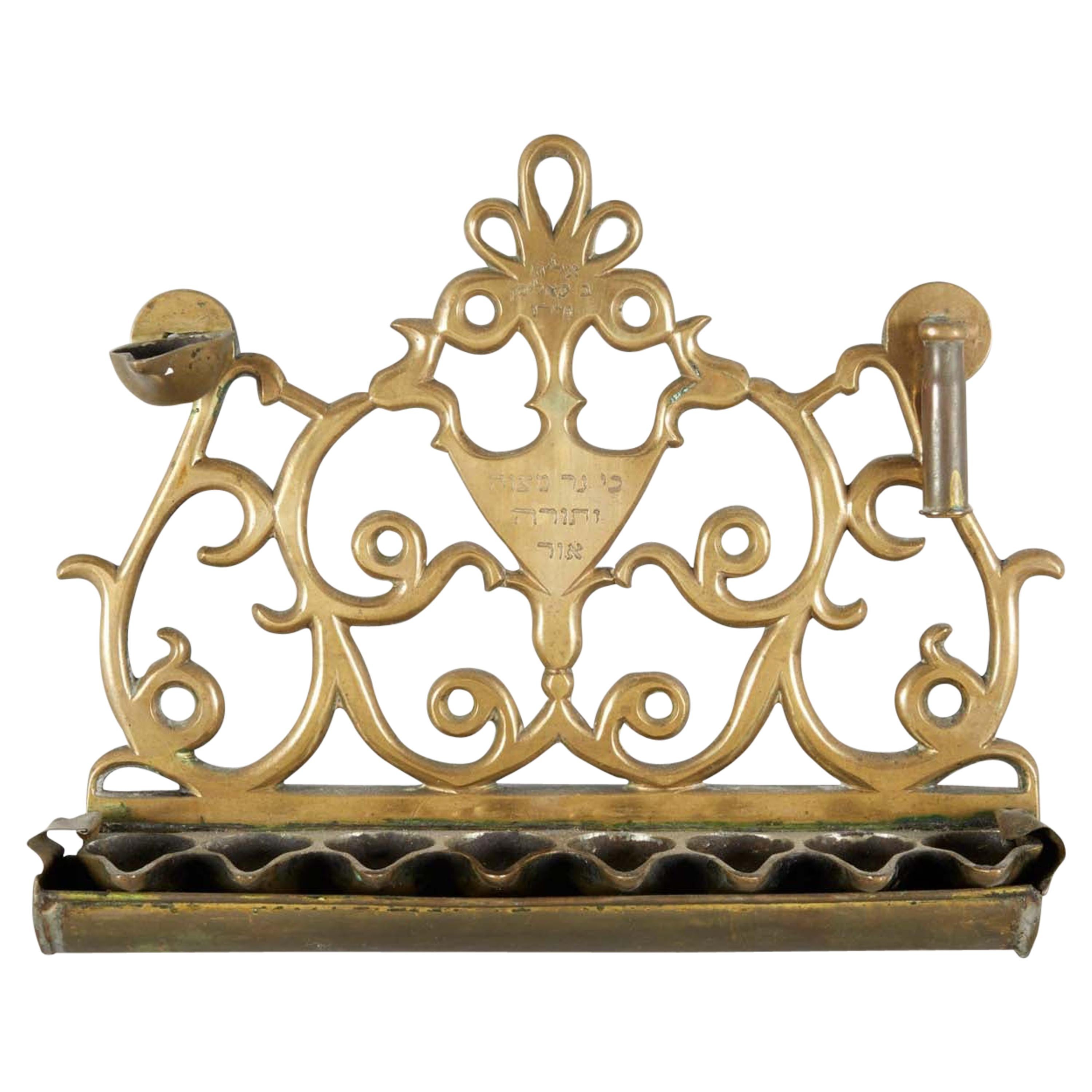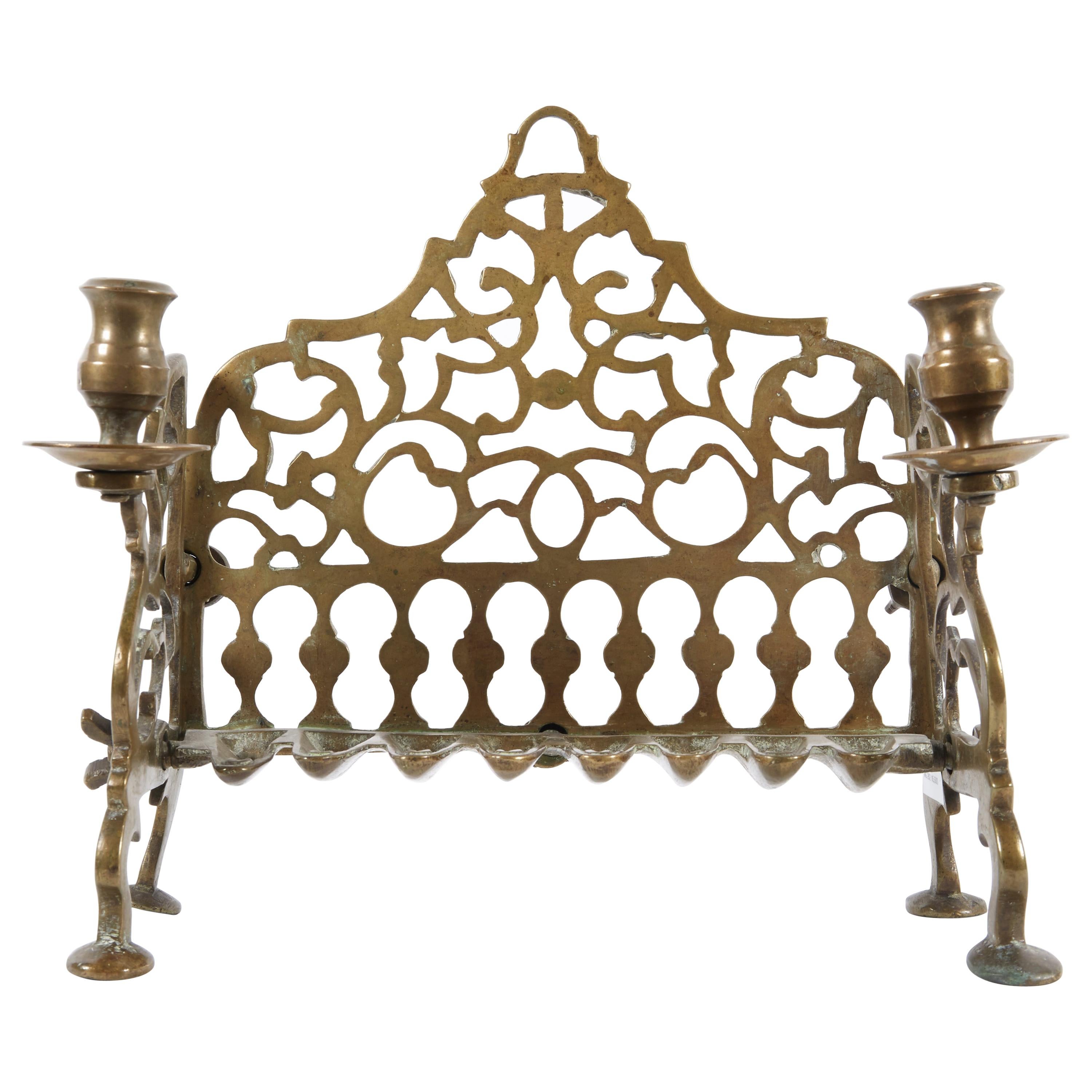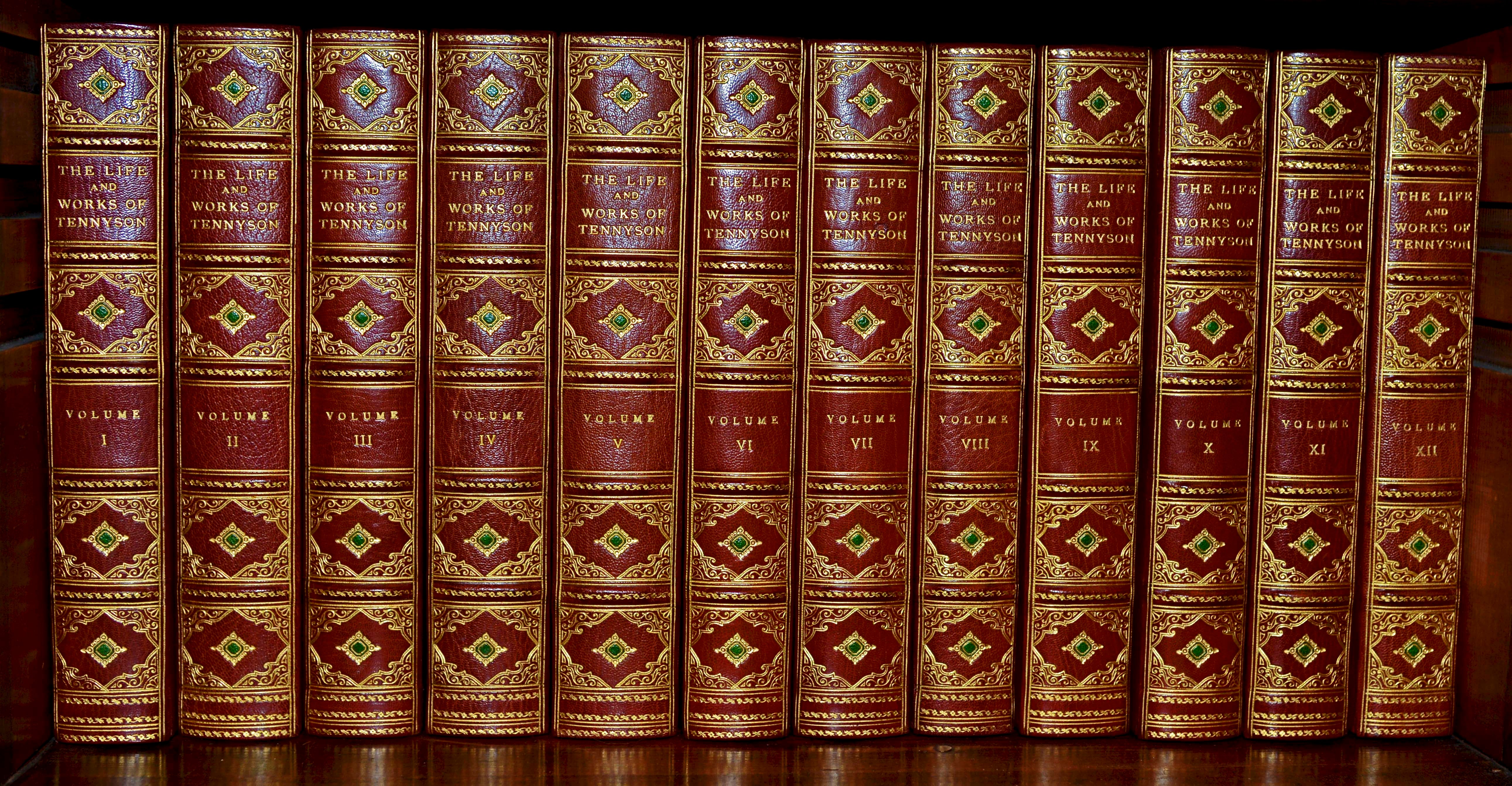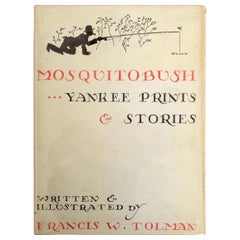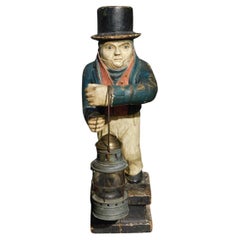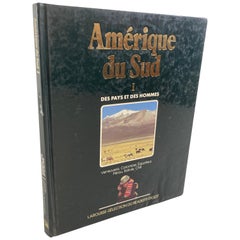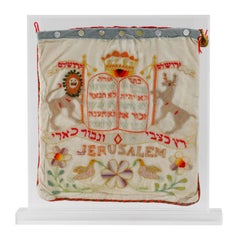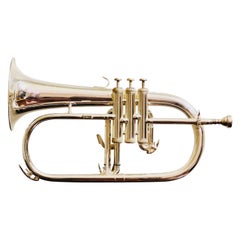
American Country World Design Series, First Edition
View Similar Items
Want more images or videos?
Request additional images or videos from the seller
1 of 12
American Country World Design Series, First Edition
About the Item
- Dimensions:Height: 11.75 in (29.85 cm)Width: 9 in (22.86 cm)Depth: 0.5 in (1.27 cm)
- Materials and Techniques:
- Place of Origin:
- Period:1990-1999
- Date of Manufacture:1997
- Condition:
- Seller Location:valatie, NY
- Reference Number:Seller: NP-1305-1st1stDibs: LU2605118867192
NPT Books
NPT Books, a division of N. P. Trent Antiques, was established in 1982 and serves clients in the US and around the world. We offer a large selection of used and out of print books mainly concentrating on art, architecture, decoration and antiques with a large focus on 1st editions, signed and rare limited editions. Member of The Art and Antique Dealers League of America since 1996.
About the Seller
5.0
Platinum Seller
Premium sellers with a 4.7+ rating and 24-hour response times
Established in 1980
1stDibs seller since 2017
1,322 sales on 1stDibs
Typical response time: 2 hours
Authenticity Guarantee
In the unlikely event there’s an issue with an item’s authenticity, contact us within 1 year for a full refund. DetailsMoney-Back Guarantee
If your item is not as described, is damaged in transit, or does not arrive, contact us within 7 days for a full refund. Details24-Hour Cancellation
You have a 24-hour grace period in which to reconsider your purchase, with no questions asked.Vetted Professional Sellers
Our world-class sellers must adhere to strict standards for service and quality, maintaining the integrity of our listings.Price-Match Guarantee
If you find that a seller listed the same item for a lower price elsewhere, we’ll match it.Trusted Global Delivery
Our best-in-class carrier network provides specialized shipping options worldwide, including custom delivery.More From This Seller
View AllMosquitobush Yankee Prints & Stories by Francis Tolman, Signed First Edition
Located in valatie, NY
Mosquitobush Stories and Prints by Francis Tolman. Richard R Smith, New Hampshire, 1963. Signed and inscribed by the author first edition hardcover with Broadart covered dust jacket....
Category
Vintage 1960s American Books
Materials
Paper
American Iconology, First Edition
Located in valatie, NY
American Iconology, New Approaches to Nineteenth-Century Art and Literature. New Haven: Yale University Press, 1993. Hardcover with dust jacket. 344 pp. Overview of the "sister arts"...
Category
20th Century American Books
Materials
Paper
Norwegian Folk Costumes 'Norske Folkedragter' 1st Edition
Located in valatie, NY
Norwegian Folk Costumes (Norske Folkedragter) by Einar Lexow and Joh. F.L. Dreiers. Norsk Folkemuseum, 1913. 1st Ed hardcover. Norwegian traditional dress ...
Category
Vintage 1910s Norwegian Books
Materials
Paper
Cottage English Country Style, First Edition
By Elizabeth Hilliard
Located in valatie, NY
The Library of Interior Detail, Cottage, English Country Style by Elizabeth Hilliard. NY: Little Brown and Company Inc., 1994. Stated First North...
Category
1990s American Books
Materials
Paper
American Folk Art Collection of Howard & Catherine Feldman, Sotheby's 1st Ed
Located in valatie, NY
The American Folk Art Collection of Howard and Catherine Feldman Sotheby's, June 1988. 1st Ed softcover 171 lots all photoed in b&w and color each ...
Category
Vintage 1980s American Books
Materials
Paper
American Porcelain, 1770-1920, First Edition
Located in valatie, NY
American porcelain, 1770-1920. New York: The Metropolitan Museum of Art, 1989. First edition hardcover with dust jacket. 320 pp. A large catalogue from The Metropolitan Museum of Art...
Category
20th Century American Books
Materials
Paper
You May Also Like
American Carved Wood & Painted Ship Officer on Watch with Ship Lantern, C. 1890
Located in Charleston, SC
American Folk Art carved wood and painted ship officer on watch standing on a two tiered squared plinth with a brass and galvanized ship lantern hanging from wrist. Late 19th Century.
Category
Antique 1890s American Folk Art Nautical Objects
Materials
Wood, Paint
"Amérique du Sud Des Pays et des Hommes", South America Hardcover Book
Located in North Hollywood, CA
”Amérique du Sud Des Pays et des hommes” book.
South America - Countries and People - tome 1
Amérique du Sud tome 1: Vénézuela, Colombie, Equateur, Pérou, Bolivie, Chilie
Des pays...
Category
Vintage 1980s Guatemalan Folk Art Books
Materials
Paper
19th Century Needlepoint Tallit Bag, Jerualem
Located in New York, NY
An Intricate Jerusalem Textile, made in Jerusalem, 1886.
Double-sided large pouch. Wool thread embroidered on cotton net. One side has a lion and stag holding flags reading “Jerusalem” in Hebrew, which flank a crowned Ten Commandments. Titled in Hebrew “Swift as a deer, strong as a lion” (Ethics of the Fathers 5:20). “Jerusalem” is seen in large lettering, atop a pair of birds and flowers. Top scene of the reverse side is titled “Mount of Olives”, amongst a plethora of olive trees, and a cluster of buildings is titled “Chulda the Prophetess”, (where her and others tombs reside). Main scene is titled “The Western Wall”, which features the wall and outer structures with turrets and Cyprus trees. The Hebrew date of “1886” is revealed on the bottom corners. This delicate textile, incredibly vibrant in color after 130 years of being created, is a masterful, exceedingly rare work of art produced in Jerusalem by an unknown woman --- likely quite young, a teenager --- as a gift to an unknown individual. Too complex to be a “tourist trinket”, as we know of one other similarly-made textile that is in the collection of the Israel Museum, and is dated 1876: see the book “Jewish Folk Art: From Biblical Days to Modern Times”, page 122. A clue to where perhaps this was made is in the depiction of the lion and stag holding flags, as they are identical to those featured on the crest of Moses Montefiore. In the 19th century, Montefiore gave enormous sums of money to purchase land for Jewish settlements and establish schools in Palestine. This textile most likely hailed from a school for girls funded by Montefiore, and was made as either a gift for Montefiore himself, or another wealthy donor. As to the actual purpose of this textile, since it is in the form of a large pouch, its intended purpose might have been to hold a tallit (prayer...
Category
Antique 1880s Israeli Religious Items
Materials
Textile
$23,592 Sale Price
21% Off
R.S. Berkely Silver Plated Flugelhorn, 2006
Located in Doylestown, PA
R.S. Berkely silver plated flugelhorn, model FLU669, 2006.
If used for playing, this horn is suitable for intermediate and professional trumpeters. Recognized for its durable con...
Category
Early 2000s Other Musical Instruments
Materials
Silver Plate, Brass
$1,100 / set
Early 20th Century Eastern European Paper Cut Ketubah, Jewish Marriage Contract
Located in New York, NY
An Eastern European Kethubah Strikingly Decorated in Papercut Form, and with the Central Traditional Hebrew Text of a Most Uncommon Petite Appearance.
Uni...
Category
Antique Early 1900s European Religious Items
Materials
Paper
$15,600 Sale Price
20% Off
18th Century Galician Brass Hanukkah Lamp Menorah
Located in New York, NY
Cast brass Hanukkah Lamp, Galicia, 18th century.
The backplate is cast and pierced featuring dense scrollwork. The side panels fitted with two servant lights, fronted by a row of eight oil fonts. Scholars theorize that these Polish Chanukah Lamps that bear two servant lights (as opposed to the singular servant light normally found on a Chanukah Lamp), served a purpose, having been used on one of the days that Chanukah fell on the Sabbath, as Sabbath Candlesticks.
This lamp was made by the technique known as "sand casting". This process begins with a wooden mold that was carved out to create negative space, which in turn is used to make the inverse form or shape to be used for the casting of metal. The mold is pressed into fine sand mixed with clay, then removed, and molten brass poured into the impression. When a mold wears out, a casting from that mold is often used as the mold for the next generation. Those later lamps...
Category
Antique Mid-18th Century Polish Religious Items
Materials
Brass
$5,200 Sale Price
20% Off
